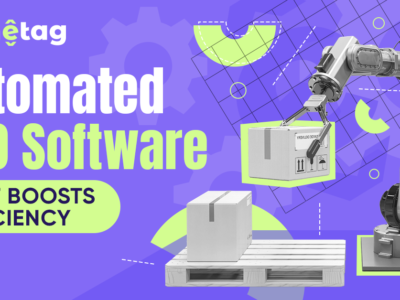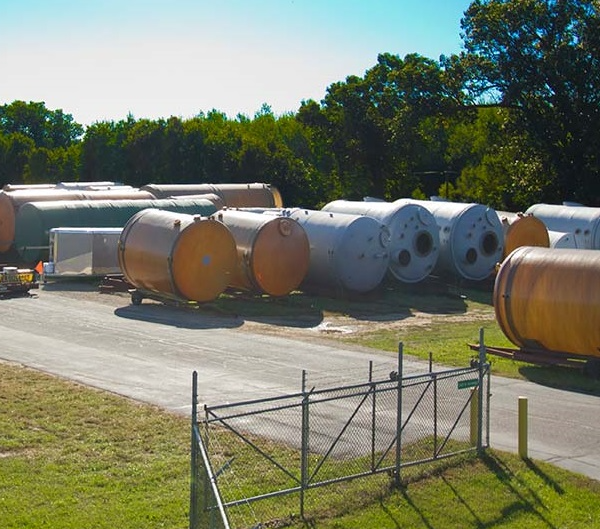
First of all,
Refrigerators are become an essential component of our fast-paced modern lifestyles. However, have you ever considered their transition from basic iceboxes to state-of-the-art smart refrigerators? Now, let’s explore the fantastic development of refrigeration technology.
1. Iceboxes: The humble beginnings
People used iceboxes to preserve perishable goods before the development of contemporary refrigerators. These early devices were insulated ice-storage compartmentalized containers. They were adequate but not at all handy and often needed to be refilled with ice cubes regularly.
2. Mechanical Freezers: Revolutionary Technology
The invention of mechanical refrigeration systems in the late 1800s represented a significant advancement in the science of food preservation. Evaporators, condensers, and compressors cooled the internal compartments of these early refrigerators. Even though they were more effective than iceboxes, their weight and cost prevented them from being used by the general public.
3. Post-War Innovations: Design and Mass Production
Refrigerators were mass-produced due to improvements in manufacturing and design after World War II. General Electric and Frigidaire transformed the industry by presenting more sophisticated styles and reasonably priced versions, enabling homes from all economic backgrounds to use refrigeration technology.
4. Environmental Concerns and Energy Efficiency
As environmental concerns gained prominence, so did the emphasis on energy efficiency in appliance design. Manufacturers of refrigerators started creating models with lower energy use and eco-friendly refrigerants, lowering their carbon footprint in response to new laws and public demand.
5. Smart Fridges’ Ascent
Innovative technology has permeated every part of our lives in the digital era, including the kitchen. Wi-Fi connection, touchscreen displays, and even integrated cameras enable consumers to check the contents of their smart refrigerator remotely. In addition to being more convenient, these cutting-edge appliances also include innovative food management and energy-saving features.
6. Prospects for the Future: Innovation and Sustainability
Its refrigeration technology will continue to innovate and become more sustainable. Researchers are looking into more environmentally friendly and energy-efficient alternative cooling techniques, including thermoelectric and magnetic refrigeration. Furthermore, developThe humble beginnings
2. Mechanical Freezers:
The invention of mechanical systems in the late 1800s represented a significant advancement in the science of food preservation. Evaporators, condensers, and compressors cooled the internal compartments of these early refrigerators. Even though they were more effective than iceboxes, their weight and cost prevented them from being used by the general public.
3. Post-War Innovations:
Refrigerators were mass-produced due to improvements in manufacturing and design after World War II. General Electric and Frigidaire transformed the industry by presenting more sophisticated styles and reasonably priced versions, enabling homes from all economic backgrounds to use refrigeration technology.
4. Environmental Concerns and Energy Efficiency
As environmental concerns gained prominence, so did the emphasis on energy efficiency in appliance design. Manufacturers of refrigerators started creating models with lower energy use and eco-friendly refrigerants, lowering their carbon footprint in response to new laws and public demand.
5. Smart Fridges’ Ascent
Innovative technology has permeated every part of our lives in the digital era, including the kitchen. Wi-Fi connection, touchscreen displays, and even integrated cameras enable consumers to check the contents of their smart refrigerator remotely. In addition to being more convenient, these cutting-edge appliances also include innovative food management and energy-saving features.
6. Prospects for the Future: Innovation and Sustainability
fridge technology will continue to innovate and become more sustainable. Researchers are looking into more environmentally friendly and energy-efficient alternative cooling techniques, including thermoelectric and magnetic refrigeration. Furthermore, developments in materials science might result in the creation of flexible, ultra-thin refrigeration systems that can be fitted into various surfaces, completely changing how we think about refrigeration.
1. Adopting Sustainable Substitutes: Magnetic and Thermoelectric Cooling
Conventional refrigeration systems often use refrigerants that worsen global warming and ozone depletion. Scientists are working hard to find more environmentally friendly cooling methods.
Thermoelectric Refrigeration: This option is becoming more and more popular. This technique uses the Peltier effect, which produces a temperature differential by passing an electrical current across a junction of dissimilar materials. Using this temperature gradient to transfer heat makes cooling possible without conventional refrigerants. With features like quiet operation, small size, and no moving components, thermoelectric refrigeration systems are perfect for various uses, such as portable cooling devices and small-scale refrigeration units.
Magnetic Refrigeration: Using the magnetocaloric effect, magnetic refrigeration is another viable option. This phenomenon happens when a magnetic substance heats up in a magnetic field and cools down when the field is removed. Cycling magnetic fields can continually absorb and release heat, eliminating the need for refrigerants that are bad for the environment. With its high efficiency, low maintenance needs, and minimal environmental effects, magnetic refrigeration systems are positioned to be competitive players in the refrigeration technology of the future.
2. Materials Science Transforming Cooling
Apart from substitute cooling methods, the progress made in materials science has great potential to transform refrigeration technology. Scholars are investigating novel materials and manufacturing processes to create ultra-thin, flexible refrigeration systems that may be easily integrated into various surfaces.
Flexible Refrigeration Systems: Conventionalsystems are often large and inflexible, restricting their use to specific settings. However, advances in materials science are opening the door for the creation of thin, flexible, materials-based refrigeration systems. These devices provide unparalleled adaptability and space-saving qualities and might be integrated into curved surfaces like counters, cabinets, or clothes. Imagine a refrigerator that is aesthetically pleasing and well incorporated into your kitchen layout.
Beyond flexibility, developments in materials science are propelling the growth of ultra-thin cooling technologies with low energy and footprint requirements. Using cutting-edge materials like graphene and carbon nanotubes, which possess exceptional thermal conductivity and efficiency, scientists create refrigeration systems that maximize cooling efficacy while reducing resource consumption. These fragile cooling systems might bring a new age of sustainable cooling technology and transform several sectors, including consumer electronics and automobile refrigeration.
Conclusion:
Driven by technical progress and social requirements, the refrigerator has remarkably transformed from its modest origins as an icebox to the age of smart fridges. There will be many opportunities to revolutionize refrigeration technology further as we pursue efficiency and sustainability.










